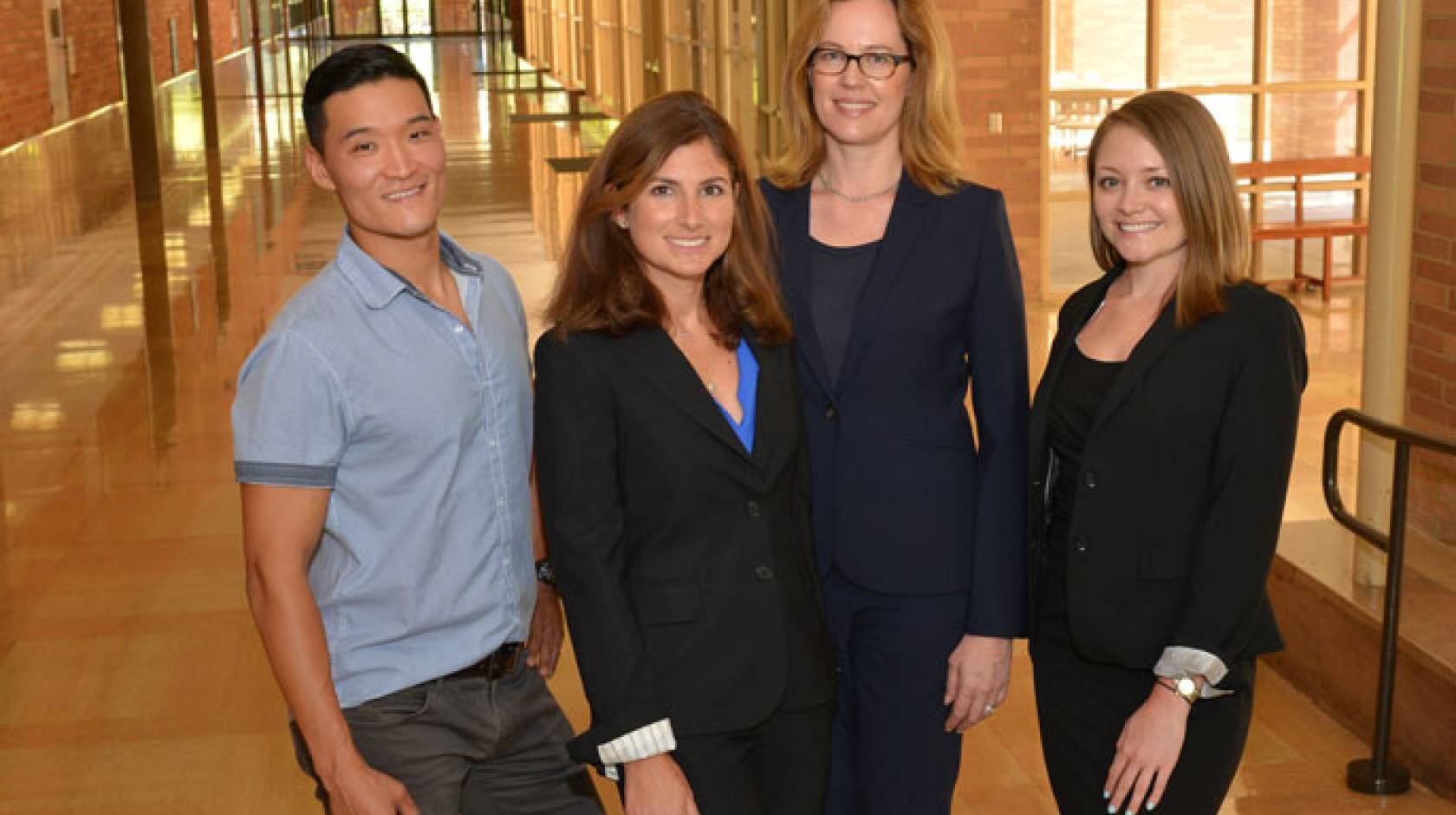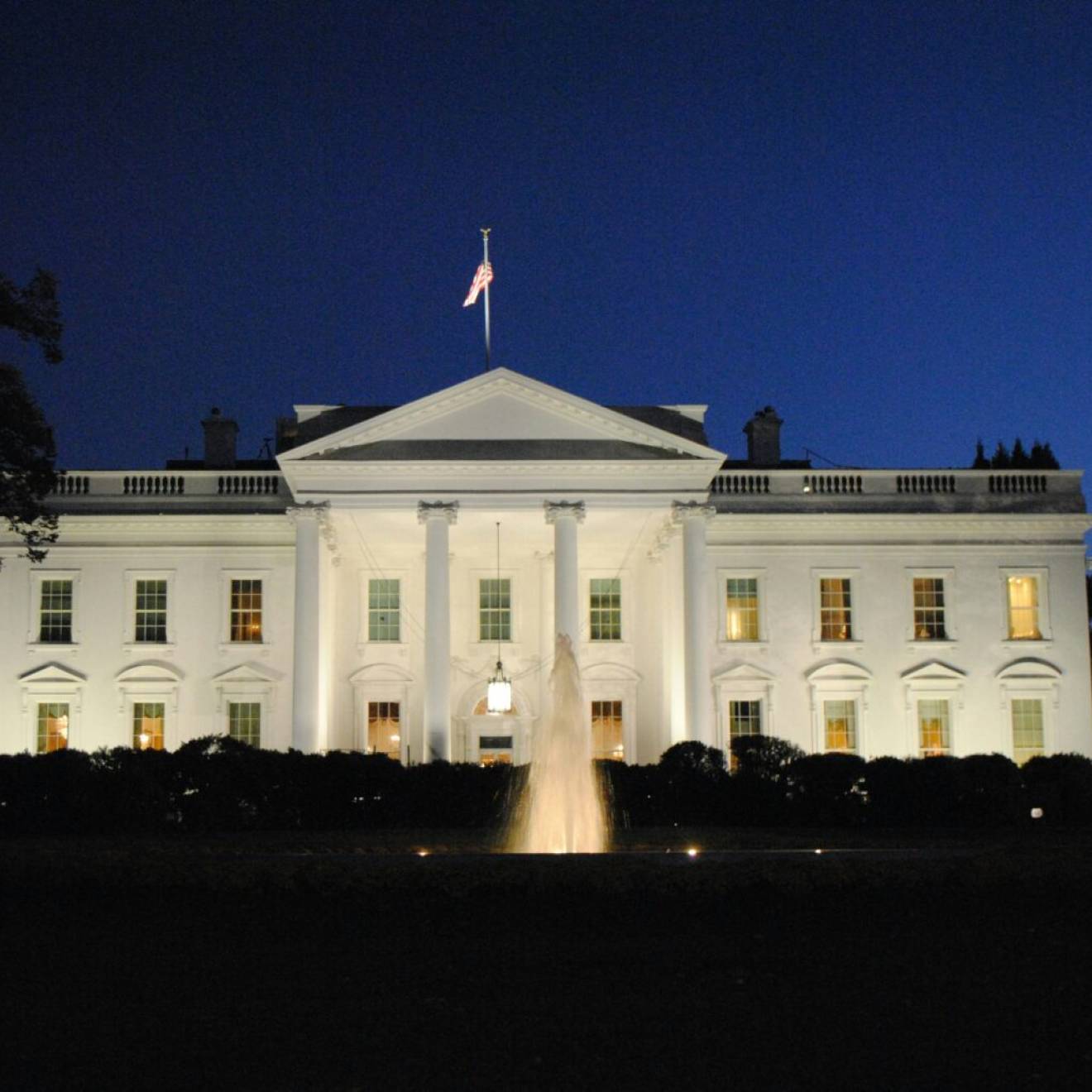Bill Kisliuk, UCLA

Darnell Crookshank has been behind bars for the last 20 years after being convicted and sentenced to life in prison for a nonviolent drug offense. But in December, he will walk free thanks to the work of students in UCLA School of Law’s Criminal Defense Clinic.
On Aug. 5, President Obama commuted Crookshank’s sentence, along with those of 213 others, resulting in the largest number of clemency petitions granted in a single day since at least 1900, according to the White House.
Like Crookshank, most of those whose sentences were shortened had been convicted of nonviolent crimes such as possession of crack cocaine and methamphetamine, or possession with intent to distribute.
“All of the individuals receiving commutation today, incarcerated under outdated and unduly harsh sentencing laws, embody the president’s belief that ‘America is a nation of second chances,’” said Neil Eggleston, White House counsel to the president, in a statement.
The UCLA students who worked on Crookshank’s case under the guidance of law professors Ingrid Eagly and Julie Cramer were given the opportunity to inform him of the happy news just an hour before the White House announced it.
'The most valuable experience we had in law school'
“Representing Mr. Crookshank was the most valuable experience we had in law school,” said Jessica Hanson, who worked intensely on the case before she graduated last May. “By meeting and learning from Mr. Crookshank, we are better people, and we believe we will be better lawyers.”
The clinic began work on Crookshank’s clemency petition in January after the Southern California man contacted the Office of the Federal Public Defender asking for help. At the same time, Eagly and Peter Johnson, a Los Angeles criminal defense attorney and UCLA Law lecturer, reached out to the office to find a case the clinic could work on. Both Eagly and Johnson are former deputy federal public defenders.
“There was an urgency to get petitions filed as soon as possible, so we took on the case to ensure it got researched, prepared and filed in time to be considered before President Obama left office,” Eagly explained.
President Obama’s executive action is part of a White House initiative announced in 2014 to use clemency to address systemic injustices caused by punitive sentencing practices, including outdated mandatory minimum sentencing laws for those convicted of nonviolent offenses. More than 10,000 petitions have been filed; so far, 562 have been granted.
To qualify for clemency under Obama’s initiative, petitioners have to show that they would have likely received a substantially shorter sentence if convicted of the same offense today.

Credit: Pete Souza/White House Photo/UCLA
Shifts in sentencing
Under the harsh federal sentencing laws in effect when Crookshank was convicted in 1996, prior convictions, even relatively minor ones, could be used to enhance the sentence of a nonviolent drug offense to a life sentence, Eagly explained. And under the Sentencing Reform Act of 1984, Congress eliminated parole for all federal defendants.
Things have changed since then, in part because of Department of Justice policy shifts in 2010 and 2013 that grant prosecutors more flexibility in how they charge drug cases.
“Today’s federal prosecutors follow different guidelines than were followed when Mr. Crookshank was sentenced in 1996,” Eagly said in an email. “Prosecutors today would exercise their discretion to not seek a life sentence in certain nonviolent, low-level drug cases.”
In addition to showing that they have been subjected to unduly harsh sentences, petitioners have to demonstrate good conduct in prison, and that they have no history of violence, no significant criminal history and no strong ties to major criminal organizations or gangs.
The UCLA law students set to work interviewing Crookshank in prison, consulting with defense attorneys, conducting legal research and carefully drafting the petition and supporting documents. The clinic collaborated on the petition with Johnson, who worked on the case pro bono.
An unforgettable client
The case offered the law students an invaluable hands-on opportunity to represent a client while still pursuing their law degrees as well as a chance to help right a wrong.
“A sentence of life without parole would strip most any person of hope,” said Andrés Dae Keun Kwon, who, along with Hanson, played a key role as a law student in developing the petition. “But Mr. Crookshank kept hope alive for over 20 years, so that one day he could be reunited with his family. His hopefulness and resilience in the face of immense adversity are truly inspiring.”
Next year, Hanson and Kwon, both graduates of the law school’s David J. Epstein Program in Public Interest Law and Policy and Critical Race Studies Program, will continue to work as public interest attorneys in Los Angeles. Hanson is the recipient of a Skadden Fellowship at the National Immigration Law Center. Kwon will serve as an Equal Justice Works Emerson Fellow at the ACLU of Southern California.
Six other students in the clinic — Oscar Figueroa, Laura Lopez Montero, Rachel Lorber, Han Lu, Brittania Poon and Alexandria Ruiz — also contributed significantly to Crookshank’s clemency petition.
As part of their effort, the students helped develop a reentry plan that will assist Crookshank in transitioning to life on the outside, one of the factors the president considered in granting clemency.
“Executive clemency allows Mr. Crookshank to return as a contributing member of our society, supported by a strong and committed network of family, friends and community organizations,” Cramer said.
Said Eagly: “The harsh life sentence imposed in Mr. Crookshank’s case erodes public trust in our criminal justice system. I could not think of more important work for our Criminal Defense Clinic to pursue than helping to win his freedom.”

